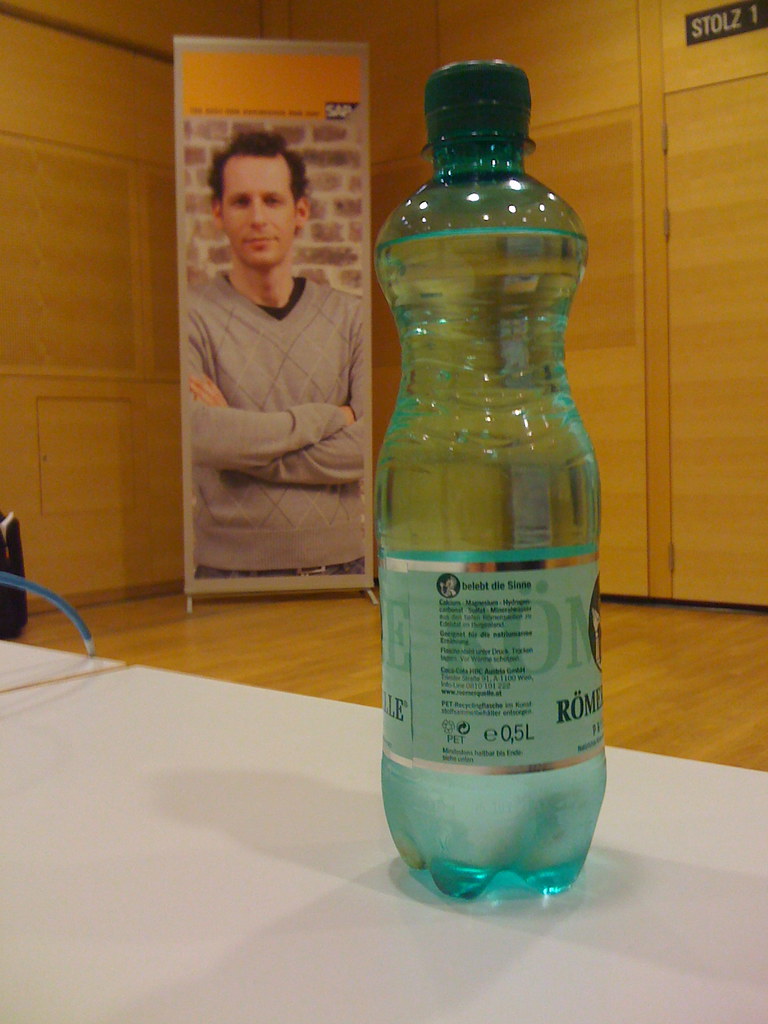
Photo credit tiffa130
And here, after a short break, are this week’s Green Numbers:
-
US wind energy usage grows by 28%
Consumption of electricity from wind rose by 28% between 2008 and 2009, according to the federal government’s annual energy report.
-
Spanish companies have 9,210 MW of installed wind power outside Spain
The installed capacity of Spain increased by 2,459 MW in 2009, reaching a total of 19,149 MW (these figures include both the activities of national and international operators). This way, wind energy rose as the third technology of the system with demand coverage of 14.4%, reaching peaks of over 50% on certain occasions.?
-
Three firms control 89% of US soft drink sales
Three firms control 89% of US soft drink sales. This dominance is obscured from us by the appearance of numerous choices on retailer shelves. Steve Hannaford refers to this as “pseudovariety,” or the illusion of diversity, concealing a lack of real choice. To visualize the extent of pseudovariety in this industry we developed a cluster diagram to represent the number of soft drink brands and varieties found in the refrigerator cases of 94 Michigan retailers, along with their ownership connections.
-
Clare County Council has given the go-ahead for construction on the largest community owned wind farm development in Ireland.
The ?200 million project will see West Clare Renewable Energy build 28 3MW wind turbines on a mountain slope between Ennis and Miltown Malbay, and will generate enough power to cover every home and business in Co Clare. Construction of the project will generate up to 300 jobs.
-
Indian Point Nuclear Plant?s Toll on River Stirs Debate
Just beneath the wind-stippled surface of the Hudson River here, huge pipes suck enough water into the Indian Point nuclear plant every second to fill three Olympic swimming pools. And each second they take in dozens of organisms ? fish and crabs, but mostly larvae ? that are at the center of a $1.1 billion debate: should the plant have to put in cooling towers that would vastly reduce the intake of water?
-
The Many Benefits of Smart Grid Investment
A chain is only as strong as its weakest link.? A power grid is only as secure and reliable as its most overloaded and vulnerable distribution areas.? A single point of failure can interrupt power for thousands, even millions of customers.? This flaw in our grid is becoming more apparent as electricity demand has increased quickly over the past few decades.? Since demand is outpacing the available supply of electricity generation capacity, power grid failures are becoming more common, but this need not be the case.? Smart grid technologies can efficiently schedule and redistribute electricity usage, smoothing the demand curve and reducing the peaks.? If we invest in smart grid technology, automating the detection of grid malfunctions before they become catastrophic, we will save billions of dollars a year.
-
Digital Lumens today announced that Maines Paper & Food Service, Inc. has deployed the company?s Intelligent Lighting System in their 460,000 square foot headquarters in Conklin, New York, to slash energy use, improve light levels, and meet corporate sustainability targets.? Lighting-related energy use has dropped by 87%.? Maines expects to save 1,726,108 kWh per year (more than enough electricity to power 200 homes for a year), and 1,240 metric tons of CO2.
-
CSC Baseline Data: Server Productivity – 4.7% of servers totally unproductive
As we collected baseline data for our first and second group of servers, we have been able to pull together some initial reports for our NightWatchman Server Edition case study environment.? Taking into account that we have a few servers that are not yet up and running with the software, it is worth noting that these are preliminary reports, but it is interesting to see what the data will look like and how it will help us begin to develop a plan in order to put the data to best use.
In this blog we?ll share the first set of reports around server utilization.?Here is the information we pulled from the tool around our pilot servers: -
China’s 45 Billion Disposable Chopsticks Require 100 Acres of Forests Every 24 Hours
Apparently China’s Ministry of Commerce has had it with disposable chopsticks. It sent out a warning to chopstick makers in June to warn them that: “Production, circulation and recycling of disposable chopsticks should be more strictly supervised.” The reason? With about 45 billion disposable chopstick pairs made every year in the country, or about 130 million a day, a lot of wood is being wasted, and that in a country that is trying to increase its forest coverage (from about 8% in 1949 to 12-13% today, compared to 30% for the USA).
Posted from Diigo. The rest of my favorite links are here.

